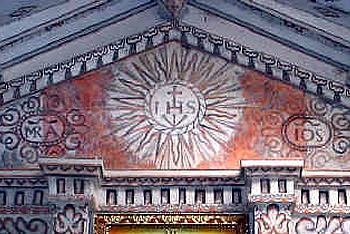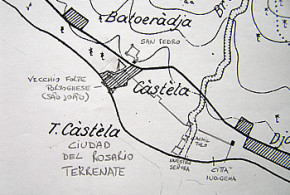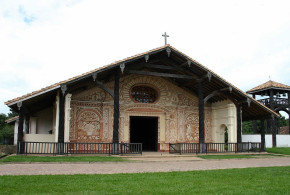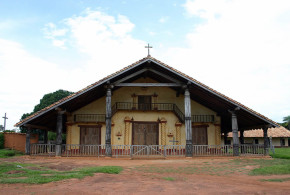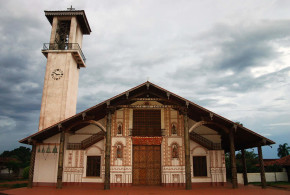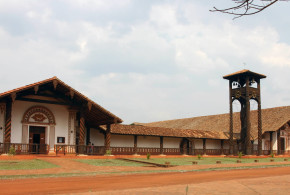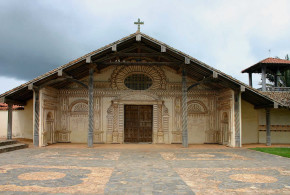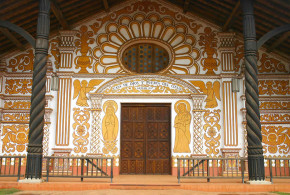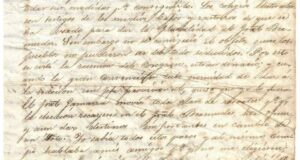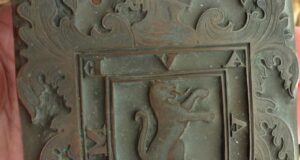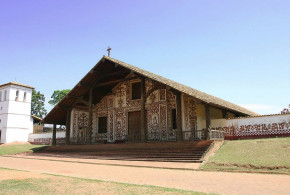Written by Geoffrey A. P. Groesbeck
San Javier (originally San Francisco Xavier de los Piñocas), the earliest permanent Jesuit mission in the Chiquitania, was founded by the missionaries José de Arce and Antonio de Rivas on 31 December 1691. It was rebuilt three times (in 1696, 1698, and 1705-6) before assuming its present form in 1708. Today it is a town of about 11,000 inhabitants, and is the starting point for those who want to undertake the Jesuit Missions Circuit from the north.
San Javier nowadays is best known as the birthplace of Bolivia’s charismatic former president Germán Busch. San Javier is also known as a tranquil weekend get-away for cruceños (inhabitants of the departmental capital, Santa Cruz de la Sierra).
The former Jesuit mission of San Javier mission was one of six in the Chiquitania declared a World Heritage Site by UNESCO in 1990.
San Javier is a quiet place. There are no clubs, shopping malls or theatres in town, although there are plenty of artesanías that sell beautiful handiwork – much of it inspired by the town’s colonial past as a reducción – or carve items upon request with 24 hours’ notice. These, along with the Jesuit church, the museum alongside it, and a few restaurants and hotels, are grouped for the most part about the town square (plaza principal).
There are several interesting sites in and around San Javier, including the Escuela de Músical Misional, a descendant of the original music school established by Jesuit Martin Schmid, who also constructed the town’s monumental church more than 270 years ago. Its library holds more than 100,000 musical scores dating back hundreds of years.
Also in town is the Museo Misional, where you’ll see instruments used in religious services centuries ago, as well as the church’s original bells, religious paintings, and even bits of an organ carried by mule all the way from Potosí centuries ago.
Also on the plaza principal is the Museo Yaritú, whose primary emphasis is upon the dances and sacred rites conducted by the area’s inhabitants prior to the arrival of the Jesuits. The Casa de la Cultura “Tte. Gral. Germán Busch”, is also located on the main plaza and contains many artifacts from Busch’s short but eventful life.
There are three local indigenous communities to the immediate west of San Javier. These are San José, Las Abras, and San Pablo. Here, in many ways, life is almost identical to what it was in the days of the missionaries, more than 300 years ago. The natives wear their traditional apparel, speak their own (now dying) language, and retain their own customs.
Written by Geoffrey A. P. Groesbeck
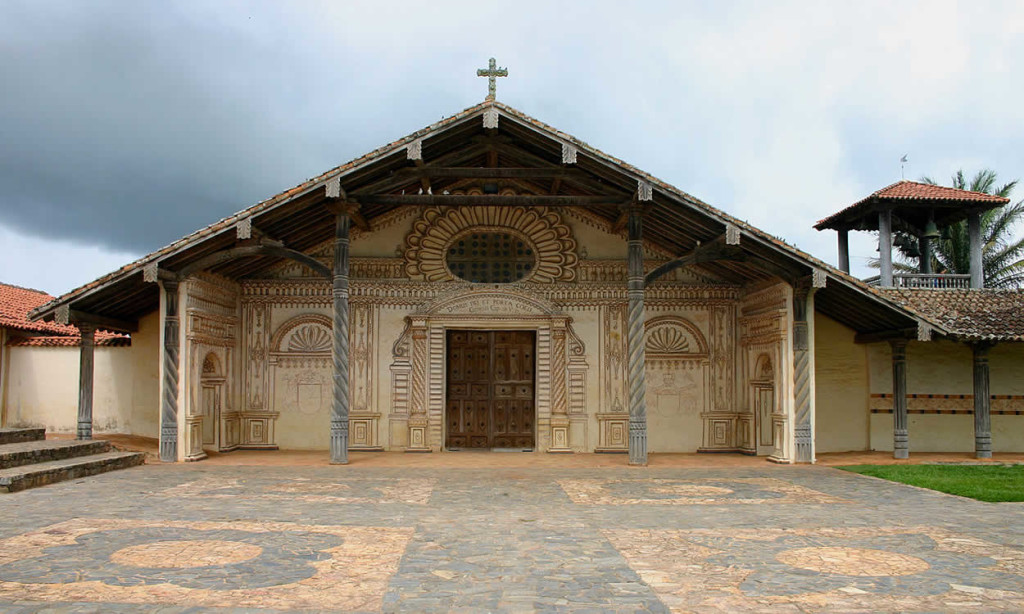

 Colonial Voyage The website dedicated to the Colonial History
Colonial Voyage The website dedicated to the Colonial History
